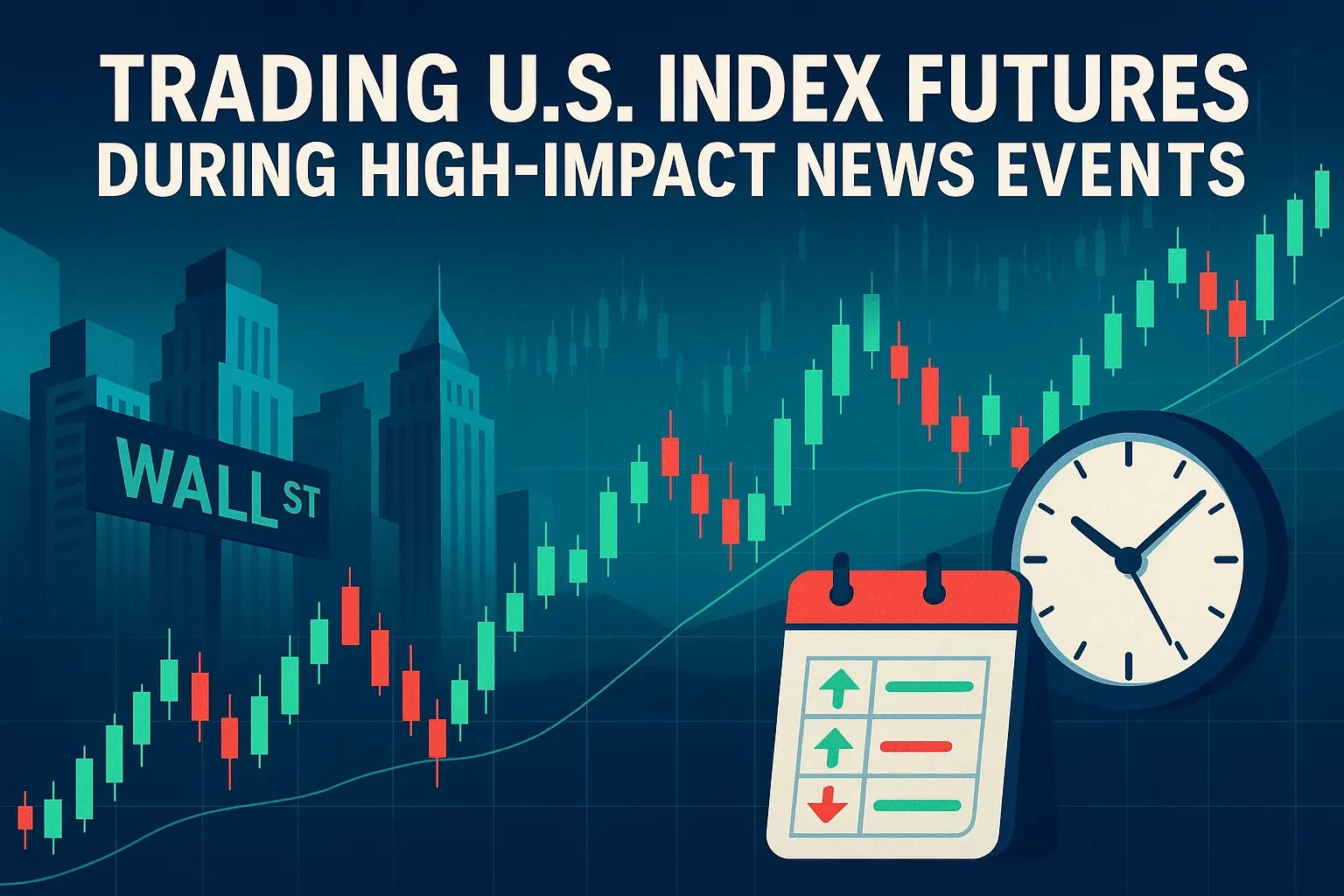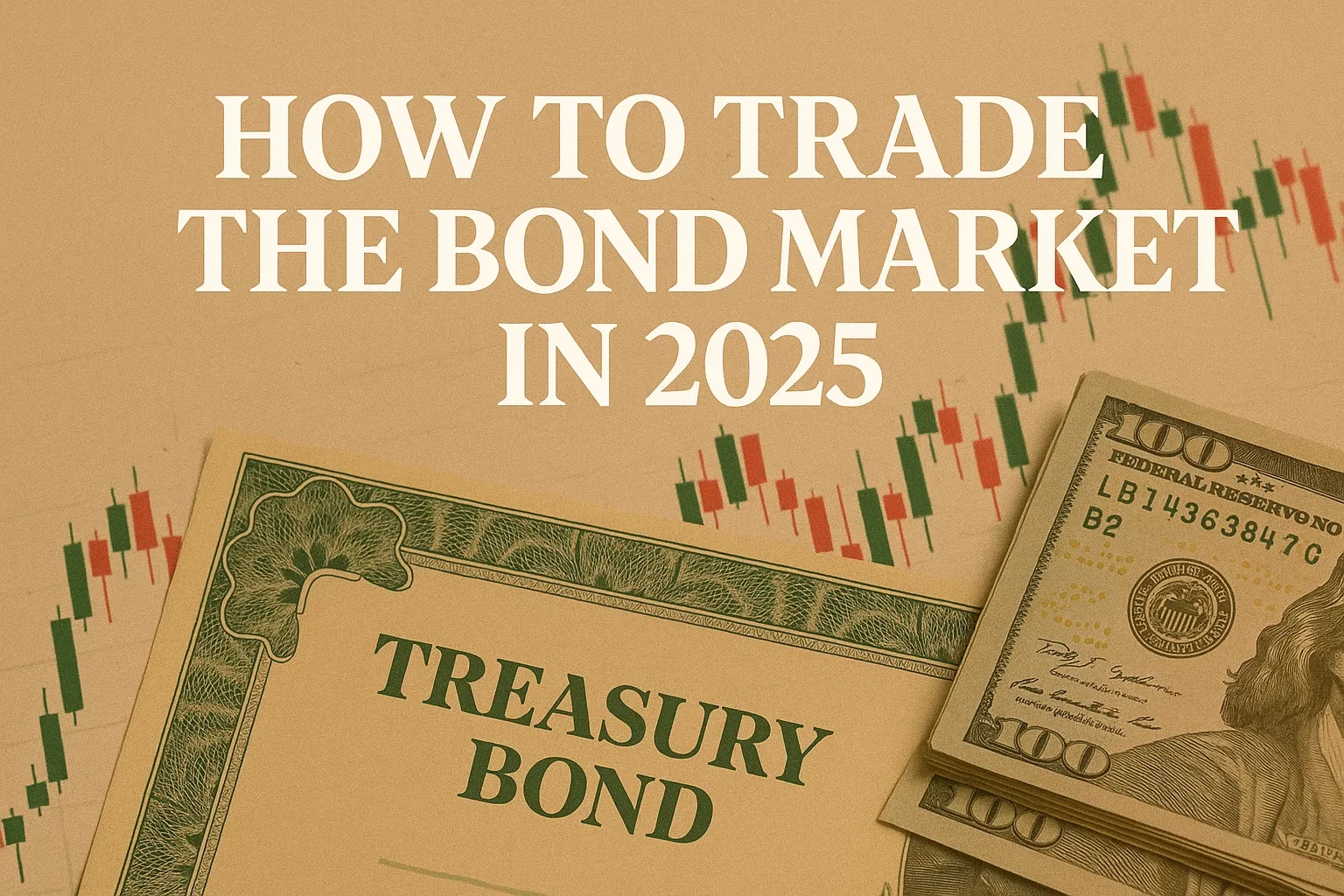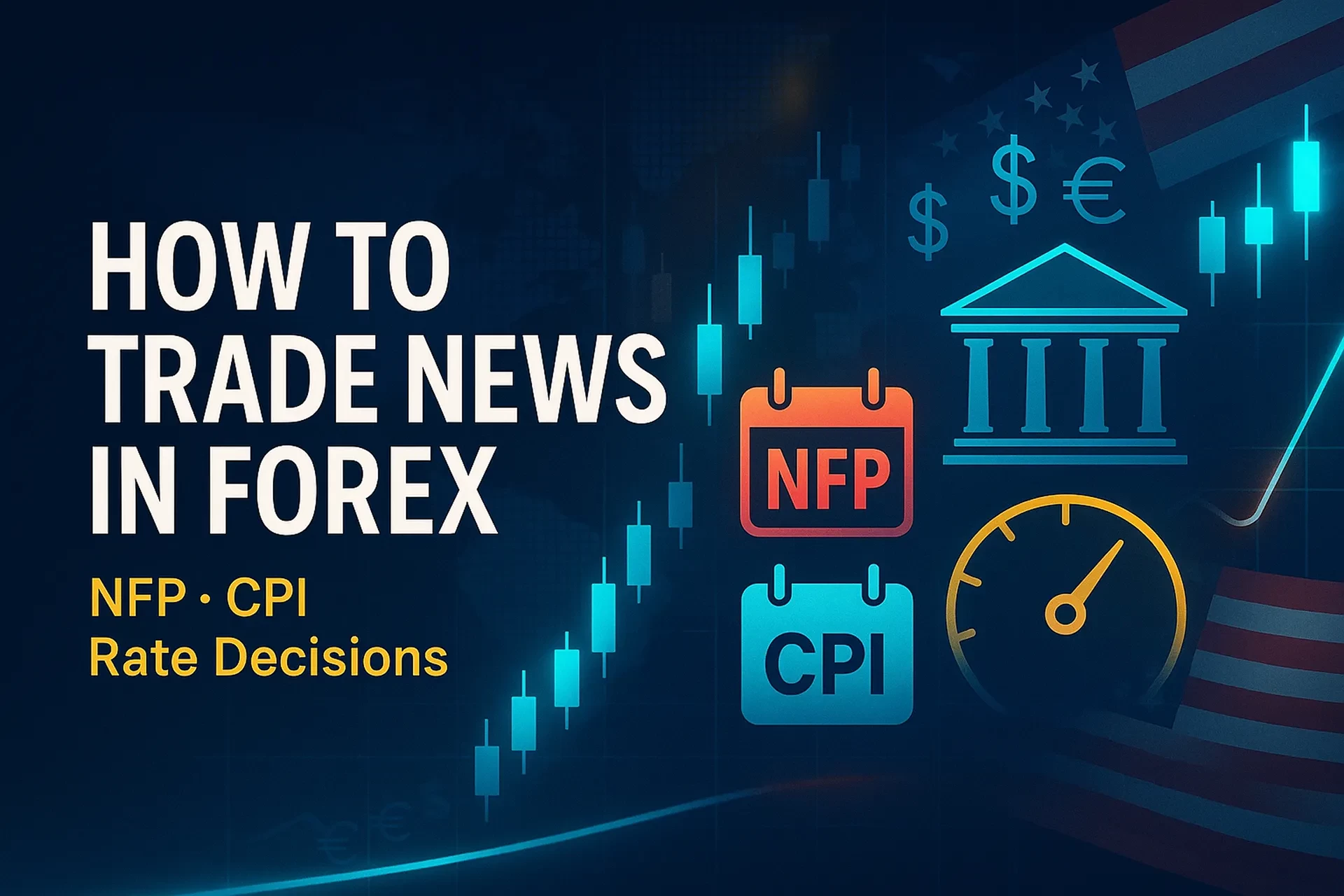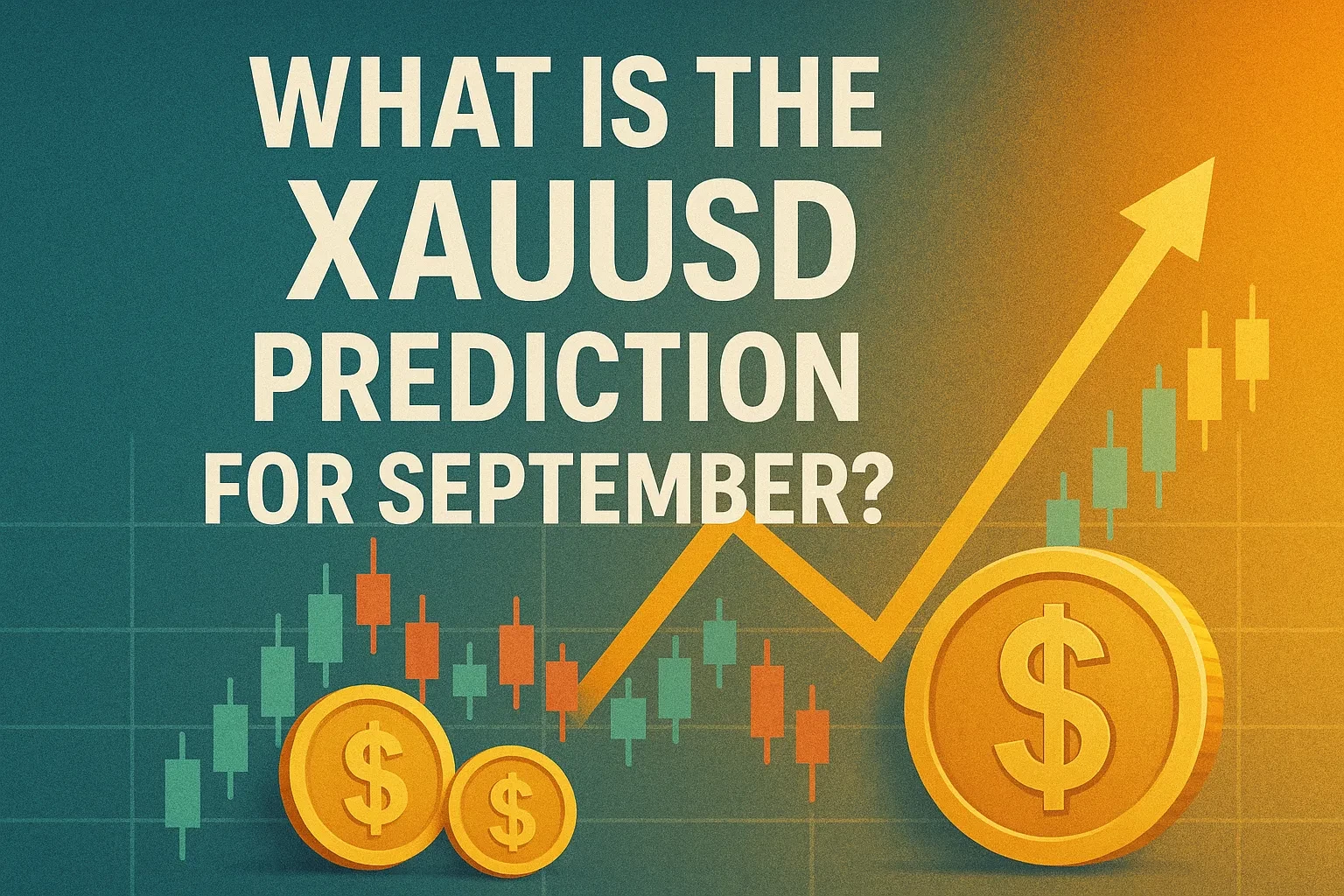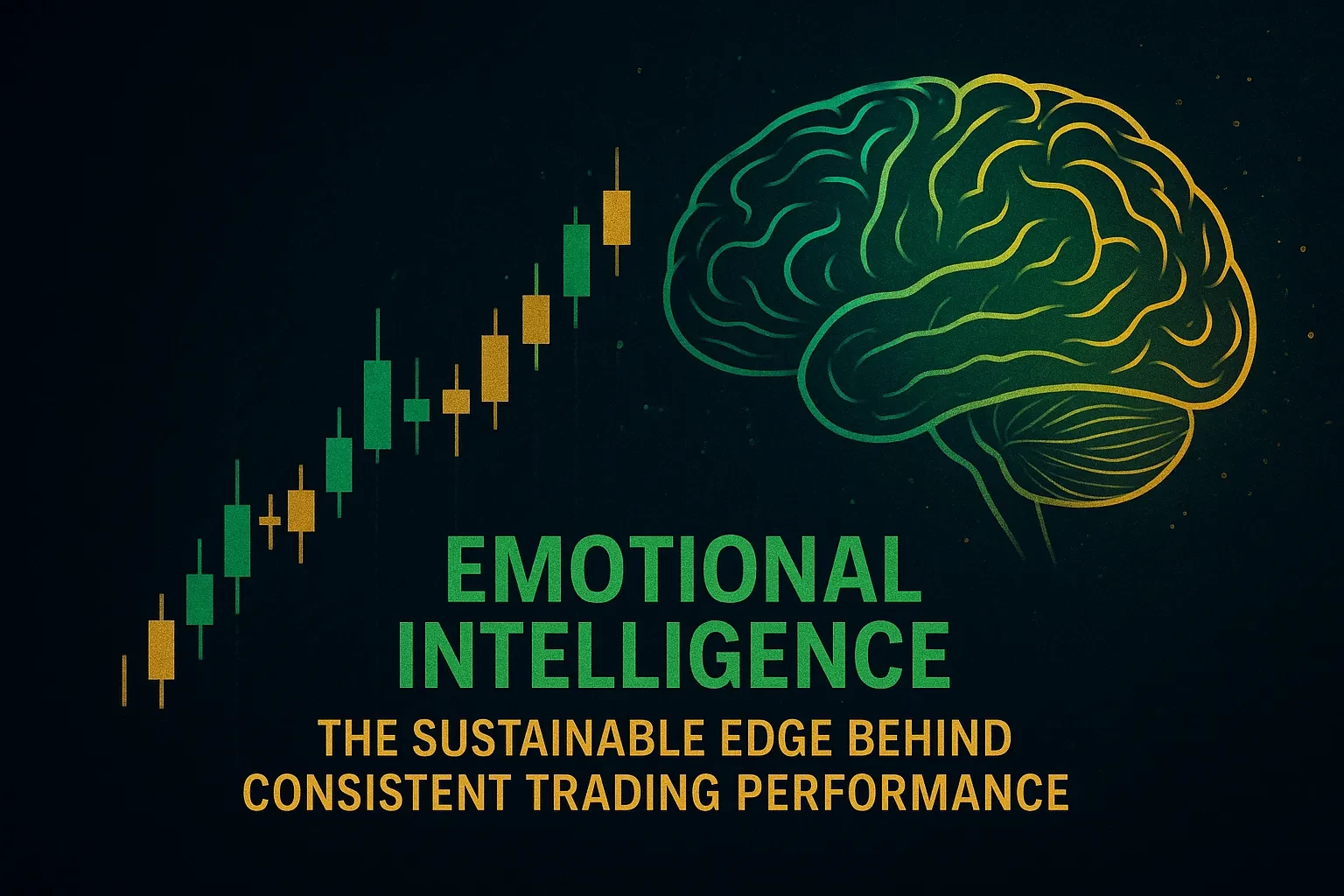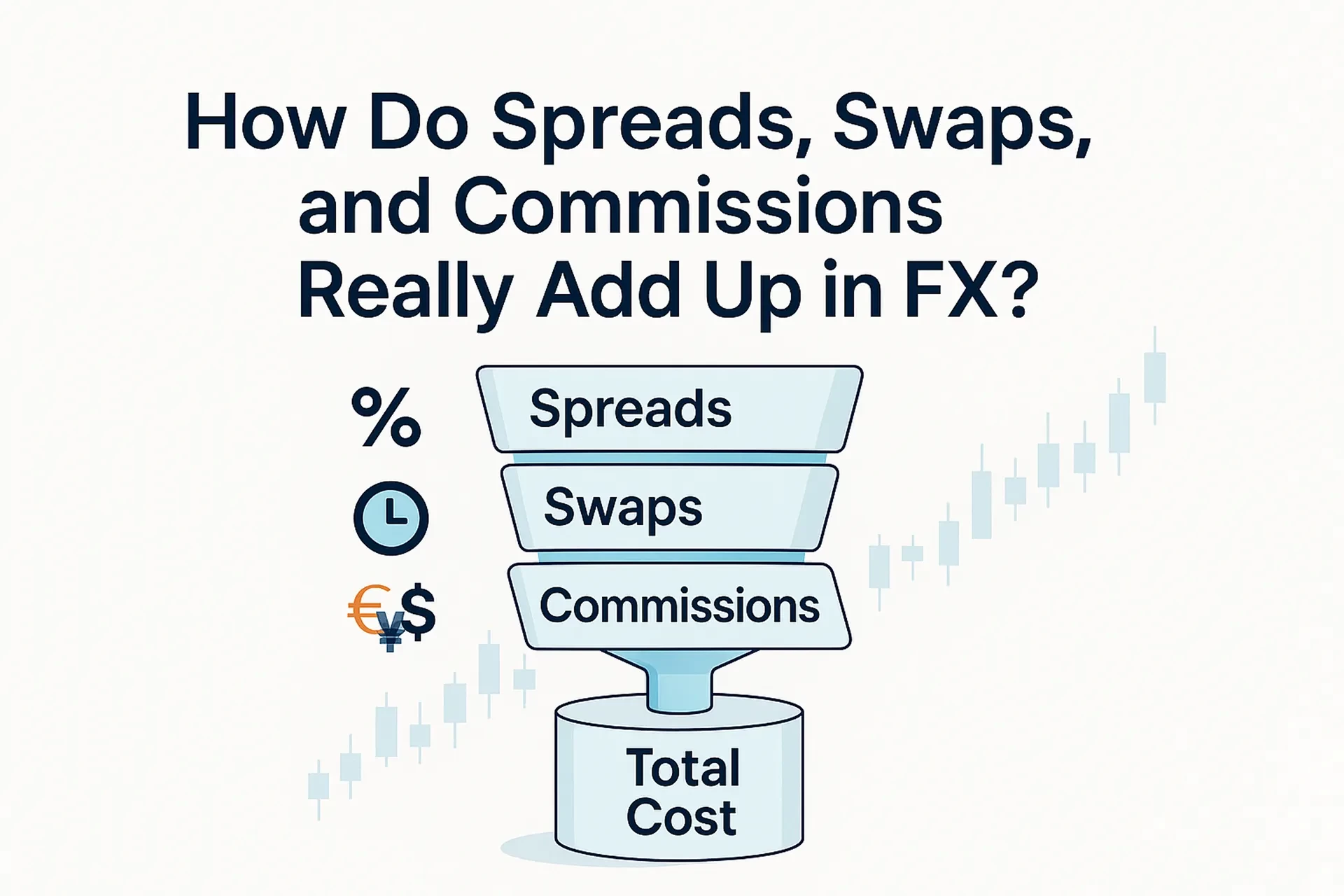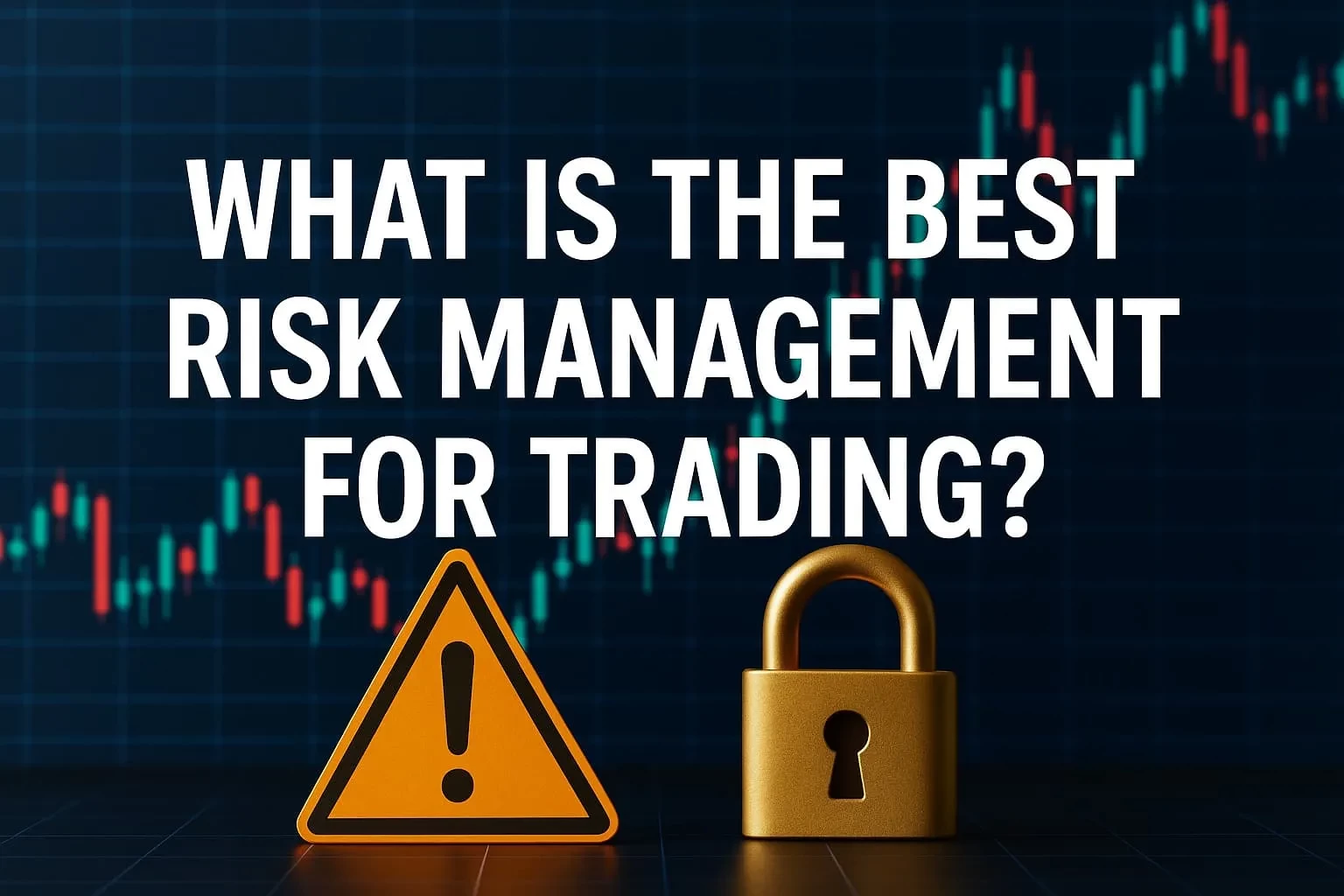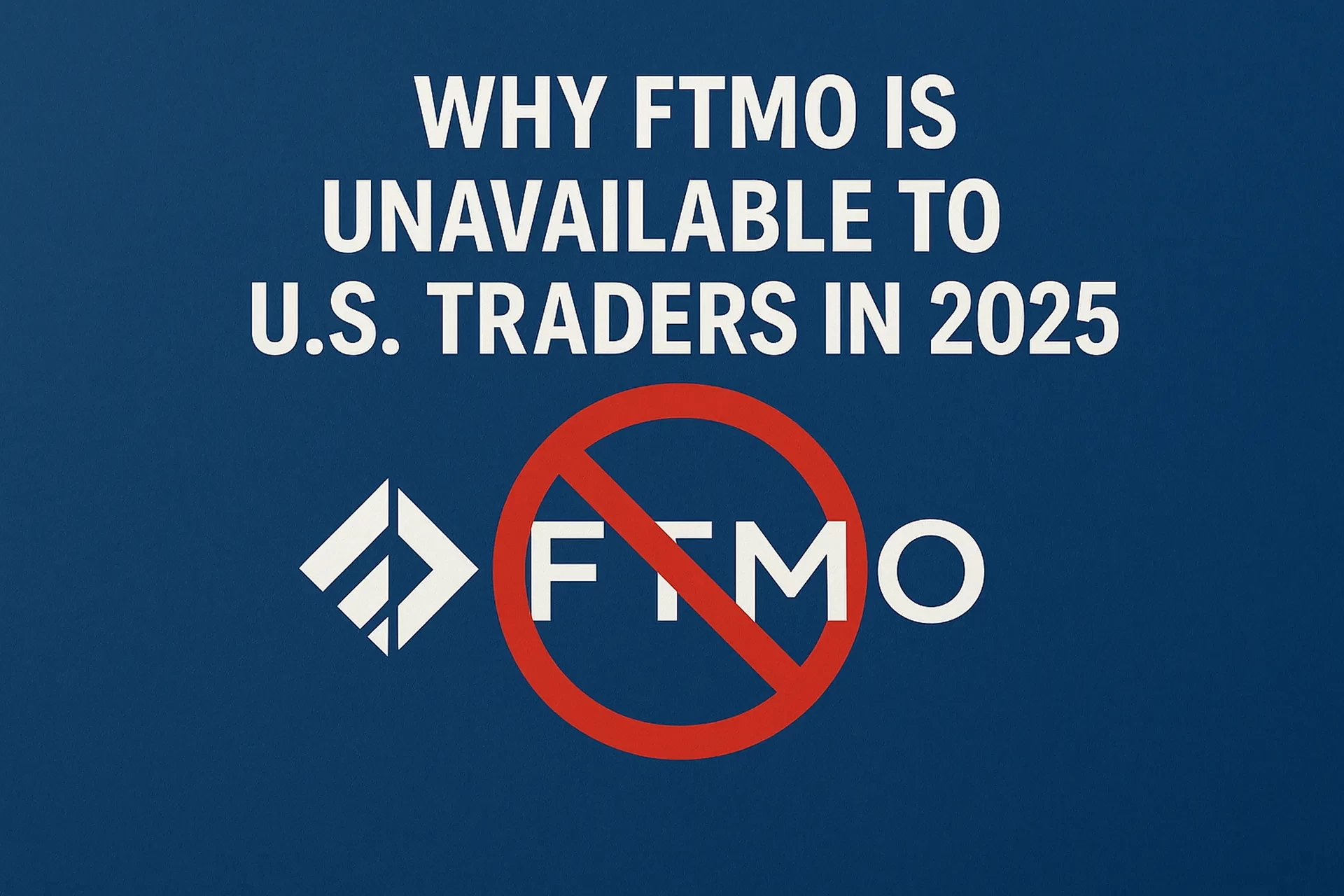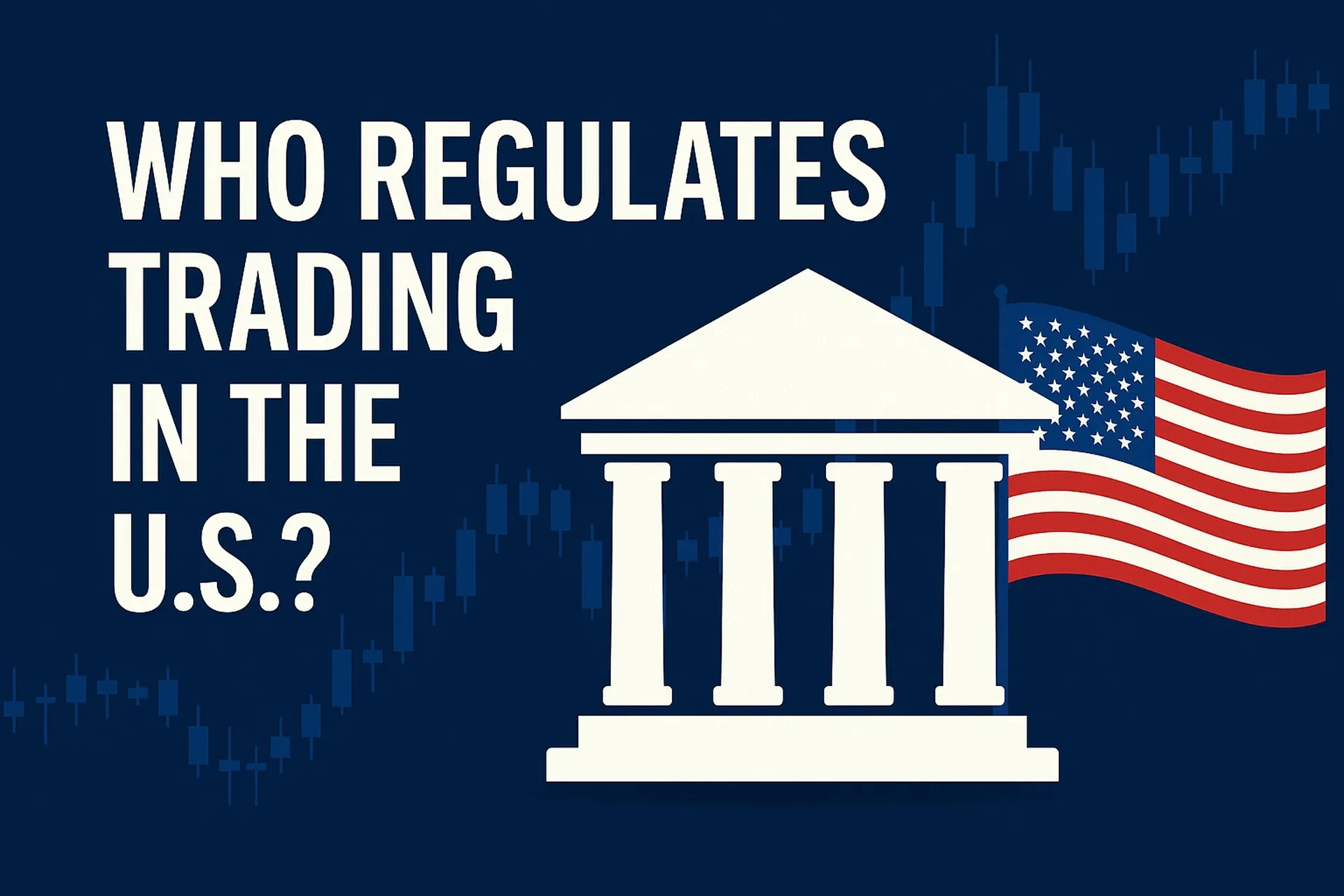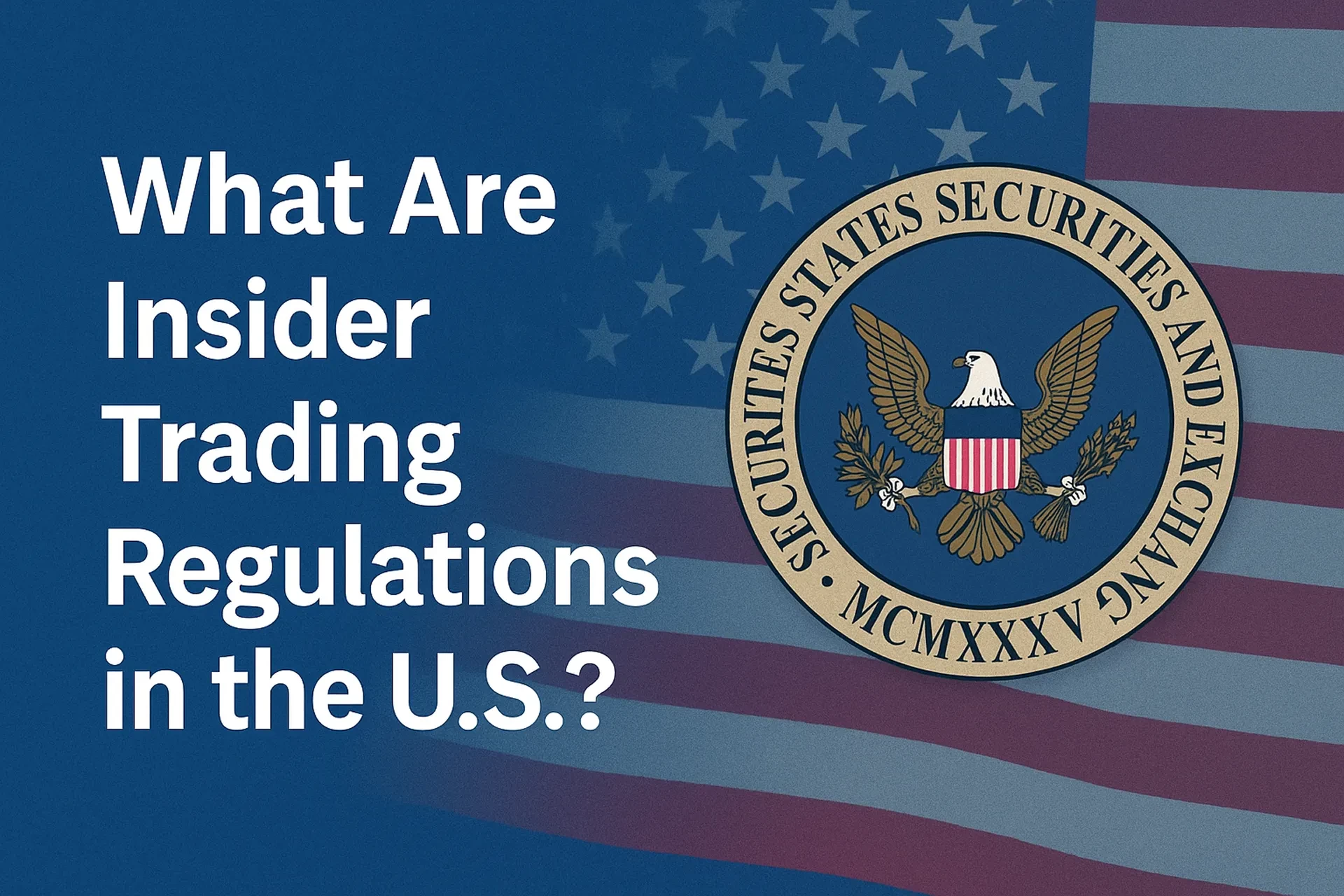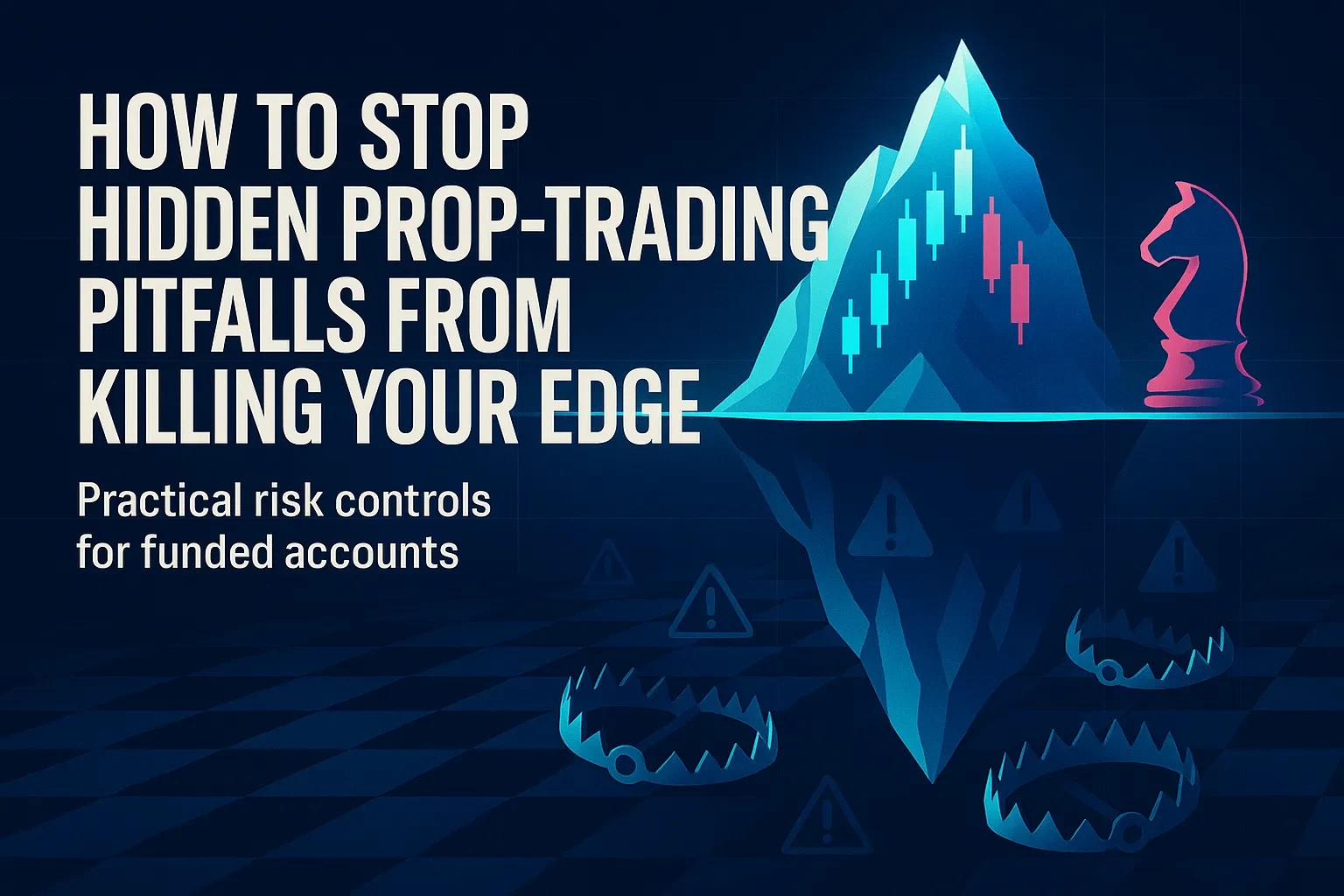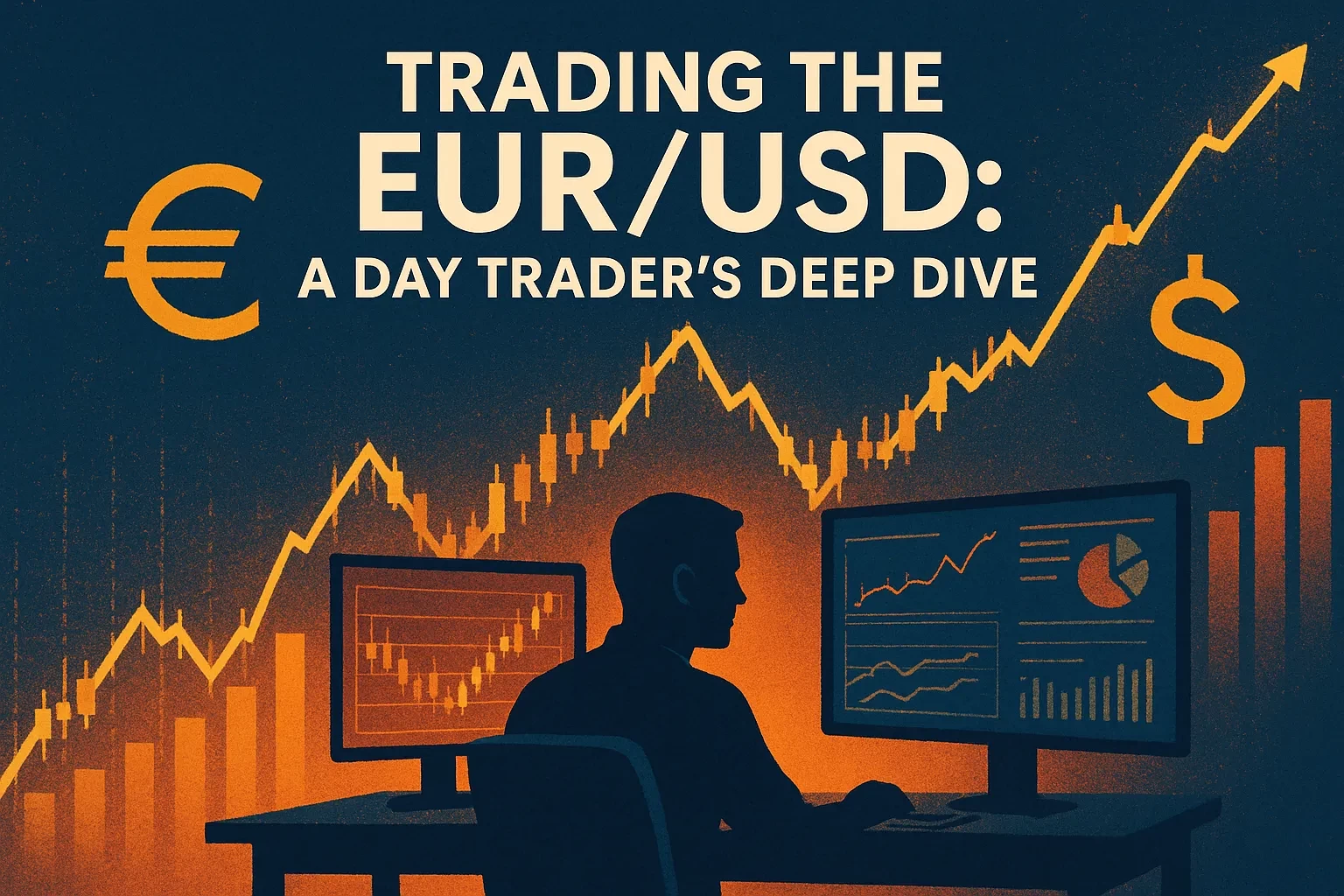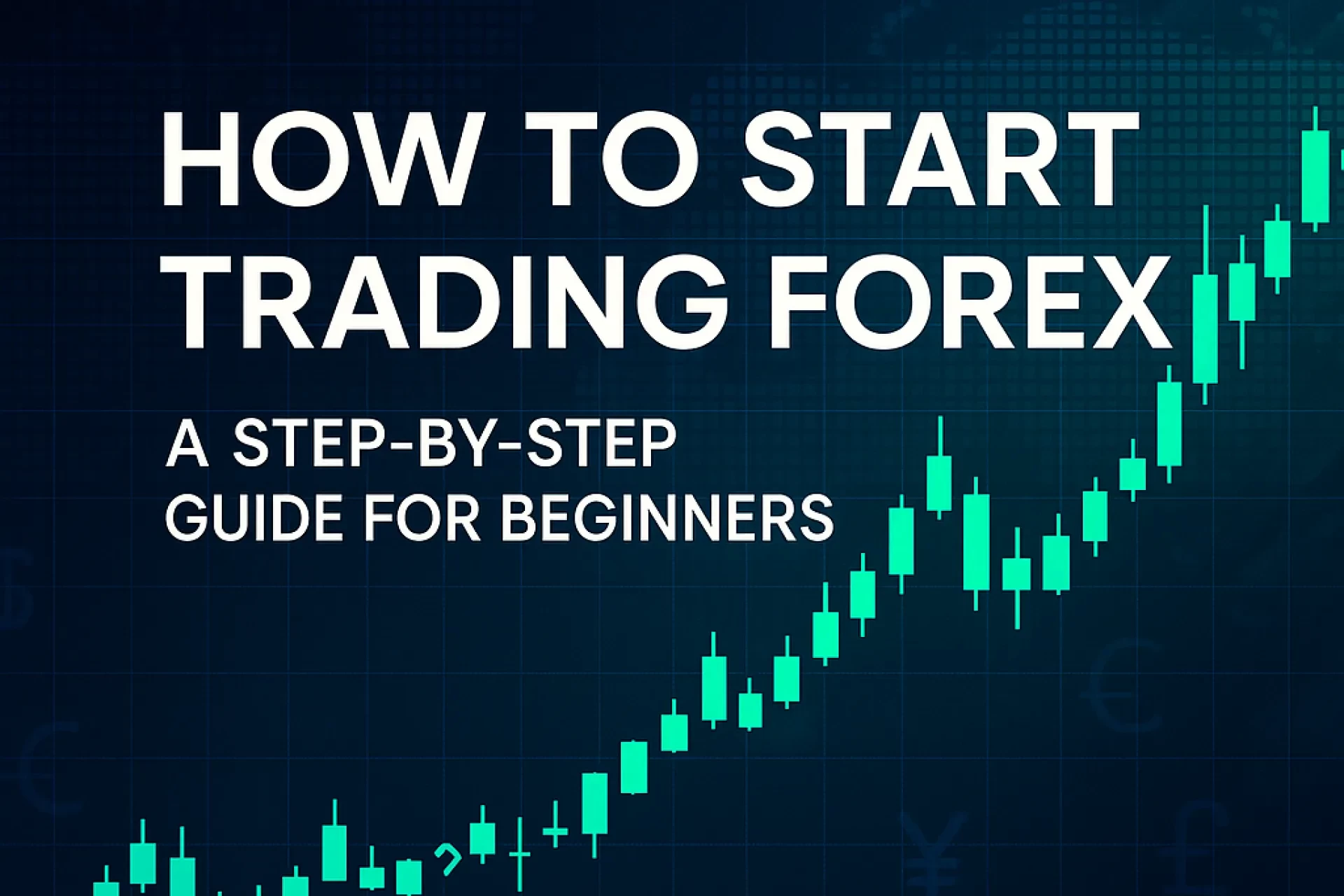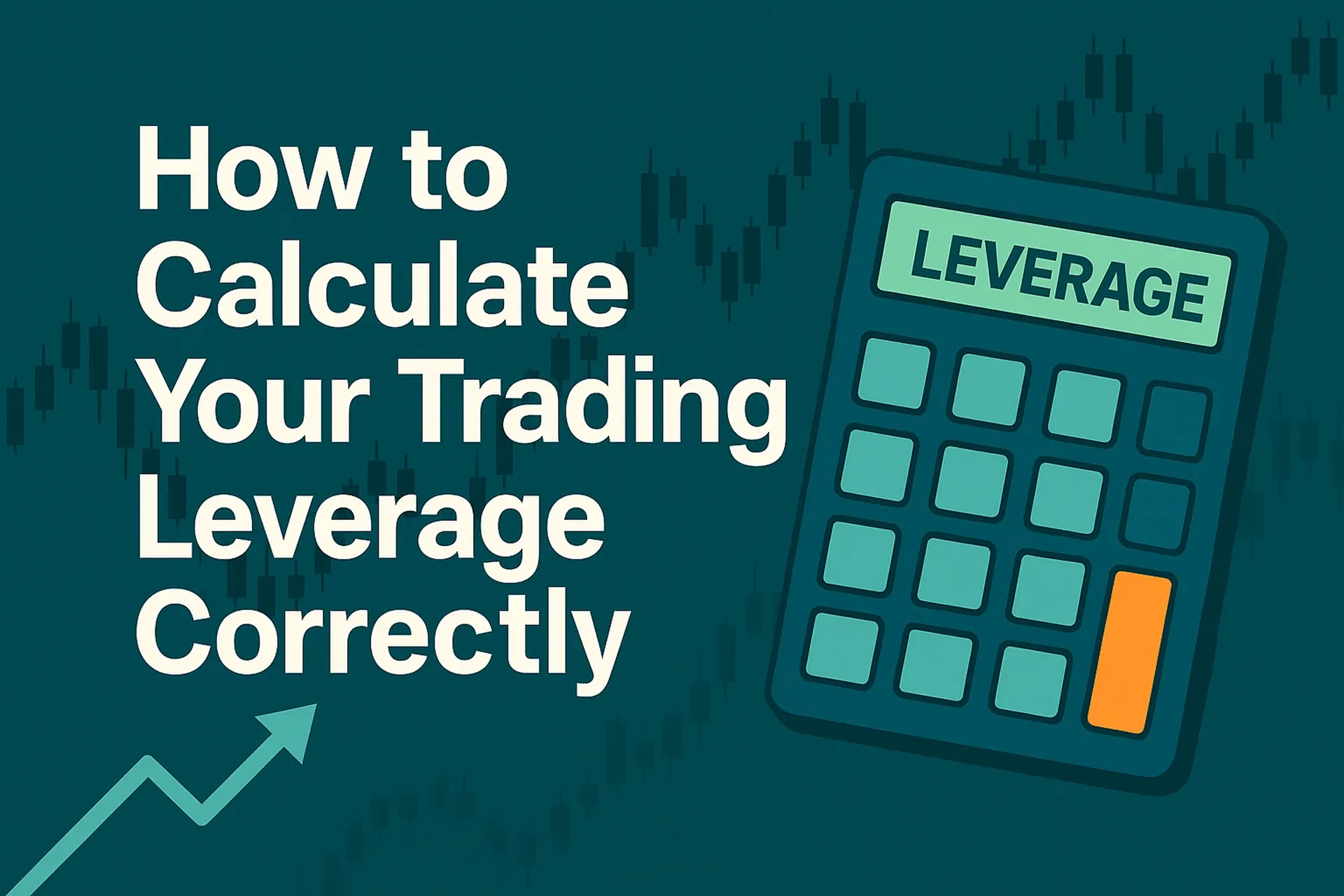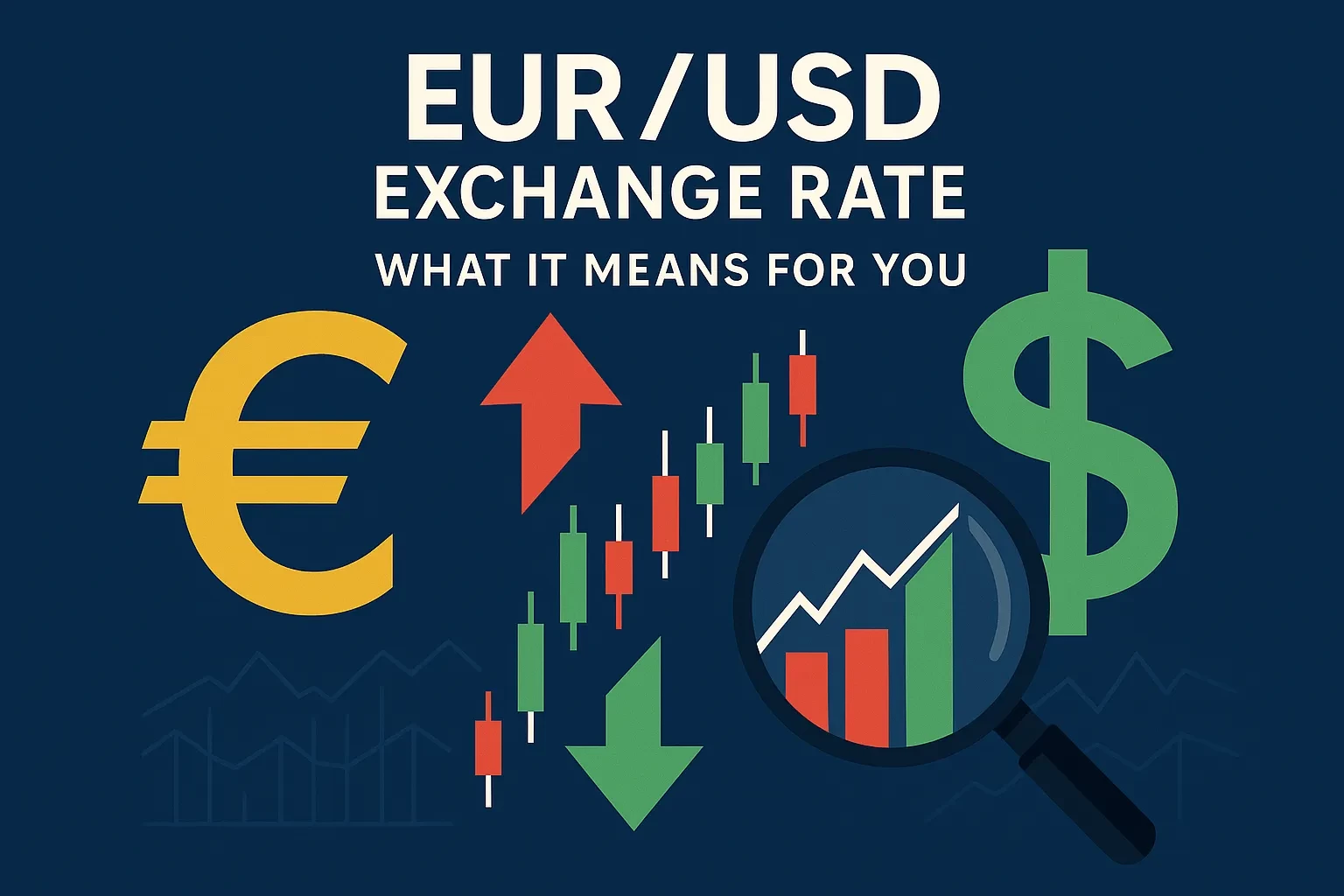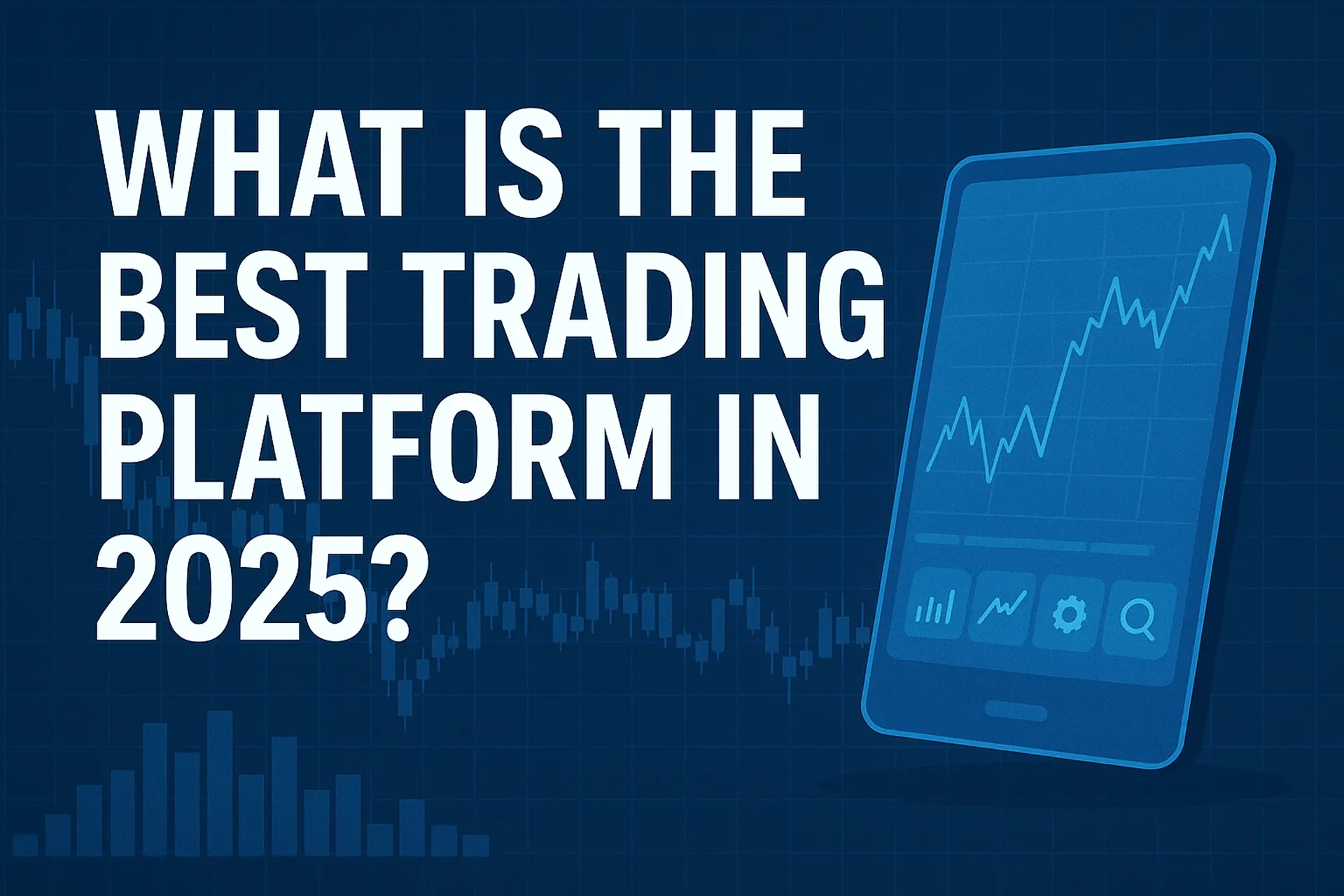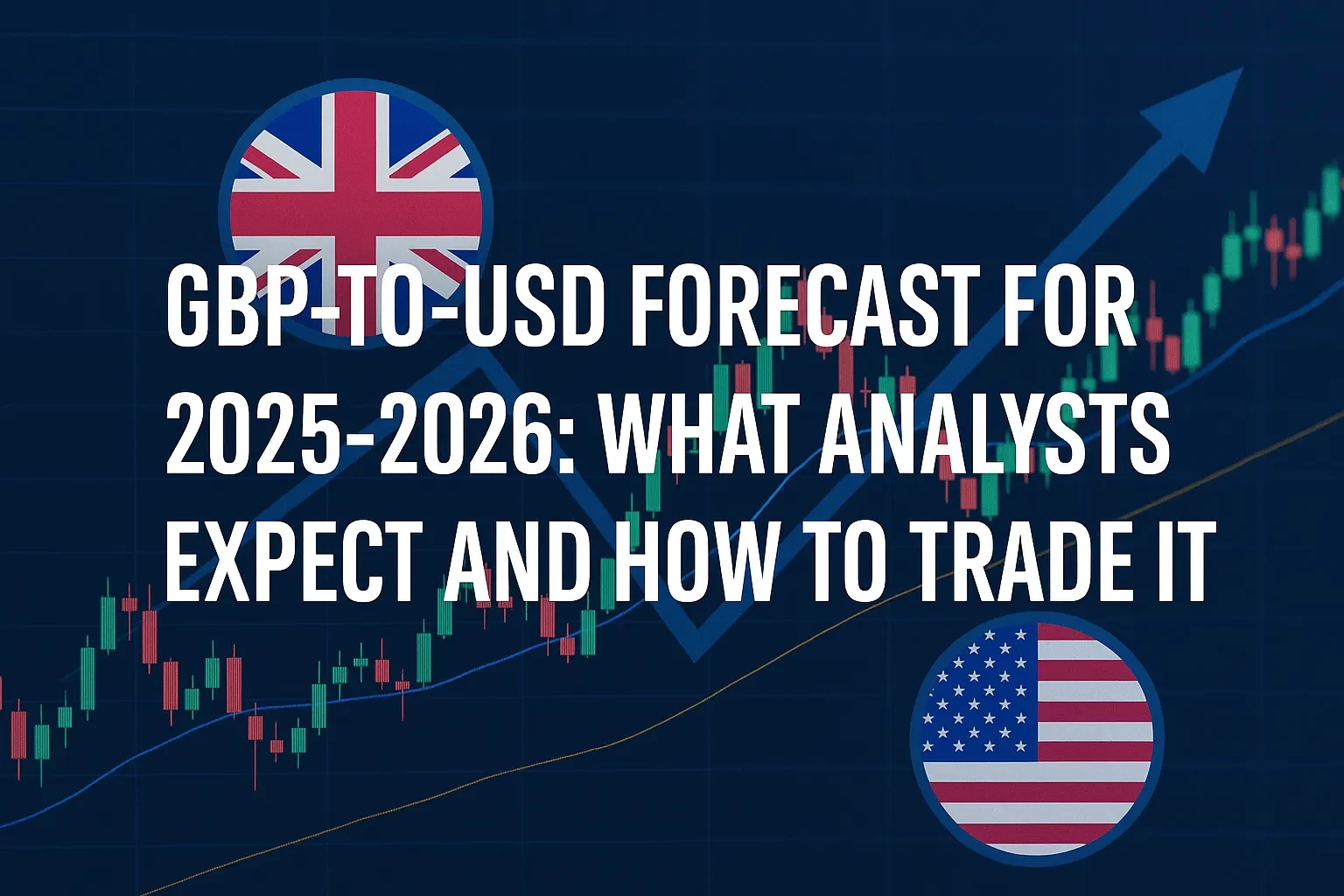Table of Contents
Introduction
The EUR/USD currency pair remains one of the most actively traded instruments worldwide, representing the dynamic relationship between the eurozone and U.S. economies. For day traders, its liquidity, volatility patterns, and sensitivity to macroeconomic data make it both appealing and challenging. This article provides a structured framework for analyzing and trading EUR/USD responsibly. We will cover market structure, macro drivers, risk and suitability essentials, strategy frameworks, and validation methods. The goal is to help day traders understand how to build discipline around decision-making while respecting the inherent risks. Educational purposes only — not financial advice.
Risk & Suitability Essentials
Before examining market dynamics, it is vital to highlight the risks and suitability considerations of trading EUR/USD:
• Leverage Risk: Forex brokers may offer leverage ratios exceeding 30:1. This magnifies both potential profits and losses, increasing the likelihood of margin calls if risk controls are weak.
• Volatility Events: EUR/USD reacts sharply to announcements from the Federal Reserve (FOMC), the European Central Bank (ECB), and high-impact releases such as U.S. Non-Farm Payrolls (NFP). Sudden price gaps can exceed stop-loss levels.
• Liquidity Profile: While the pair is liquid during London and New York sessions, liquidity drops in late U.S. hours, raising slippage risk.
• Suitability: Day trading requires fast decision-making, stress tolerance, and robust capital reserves. It may not suit individuals with low risk appetite or limited trading experience.
• Disclosure: Trading foreign exchange carries a high level of risk. Past performance is not indicative of future results. This content is provided for educational purposes only — not financial advice.
Market Structure & Instruments
EUR/USD accounts for nearly 20% of total FX turnover globally, with daily volumes exceeding $2 trillion according to the Bank for International Settlements – Triennial FX Survey (2022).
• Instruments: Traders can access EUR/USD through spot forex, futures contracts at CME, or exchange-traded products like ETFs. Spot trading dominates retail participation.
• Participants: Key players include central banks (ECB, Fed), institutional hedge funds, multinational corporations hedging cash flows, and retail traders.
• Trading Hours: The pair trades 24 hours from Monday to Friday, with peak liquidity overlapping London and New York sessions (8 a.m.–12 p.m. EST).
• Spreads: EUR/USD offers some of the tightest spreads in the FX market, often below one pip in liquid conditions, though widening during events like FOMC minutes or ECB press conferences.
Regime & Macro Drivers
The EUR/USD pair reflects the monetary divergence between the Federal Reserve and the European Central Bank.
• Interest Rate Differentials: In 2024–2025, the Fed’s cycle of restrictive policy has supported the dollar, while the ECB’s stance has focused on inflation containment. The spread between U.S. Treasuries and German bunds remains a leading driver.
• Economic Data Catalysts: U.S. jobs data, eurozone inflation prints, and GDP growth reports act as frequent volatility triggers.
• Geopolitical & Trade Factors: Energy dependencies, U.S.–EU trade relations, and regional conflicts can distort flows and risk sentiment.
• Seasonality: EUR/USD historically shows higher volatility around year-end and mid-year policy reviews, but patterns vary with macro backdrops.
Decision Framework for Day Traders
When approaching EUR/USD, day traders benefit from a structured decision checklist:
• Liquidity Window: Focus on London–New York overlap for optimal execution.
• Catalyst Awareness: Always review the economic calendar (e.g., CME FedWatch, ECB calendar) before trading.
• Volatility Conditions: Adapt strategies depending on whether implied volatility is rising (breakouts) or falling (mean reversion).
• Risk Budget: Define maximum daily loss limits and avoid revenge trading.
Strategy Playbook
The following are illustrative approaches, not recommendations:
• Trend Following: In policy divergence regimes, EUR/USD can establish multi-week directional trends. Intraday traders may align with short-term moving average crossovers.
• Breakout Scalping: Around key announcements, volatility spikes may create breakout opportunities. False breaks are common, requiring tight stops.
• Mean Reversion: During quiet sessions, EUR/USD often oscillates in tight ranges. Pairs trading against correlated instruments (e.g., DXY) can reinforce signals.
• Risk Controls: Position sizes should be based on volatility-adjusted stops. A typical rule of thumb: risk ≤ 1% of capital per trade.
Order Types & Execution
Efficient execution can significantly affect day-trading outcomes:
• Market Orders: Fast but exposed to slippage during volatile releases.
• Limit Orders: Useful for entry precision but risk non-fill in fast-moving markets.
• Stop Orders: Effective for breakout strategies, but vulnerable to whipsaws if placed too tightly.
• Partial Fills: Common during thin liquidity; always verify broker execution policies.
Backtesting & Validation
No strategy should be traded live without validation:
• Data Quality: Ensure tick data integrity and remove outliers.
• Walk-Forward Testing: Simulates adaptive performance across regimes.
• Sample Size: Avoid overfitting by validating on diverse conditions (e.g., COVID-19 volatility, low-rate 2014 period).
• Metrics: Focus on expectancy, Sharpe ratio, and maximum drawdown.
Risk Management & Position Sizing
Strong risk management separates sustainable traders from those who churn accounts:
• R-Multiples: Define profit targets relative to risk per trade.
• Drawdown Rules: Stop trading after exceeding a predefined drawdown threshold.
• Position Sizing: Base lot size on volatility-adjusted stop distance.
• Diversification: Avoid concentrating risk in correlated pairs such as EUR/USD and EUR/CHF simultaneously.
Psychology & Discipline
Even well-designed strategies fail if discipline is lacking:
• Bias Awareness: Loss aversion and overconfidence distort decision-making.
• Routine: Pre-market preparation (economic calendar review, key levels mapping) enhances consistency.
• Journaling: Document trades, emotional state, and adherence to rules. This helps identify behavioral patterns over time.
Future Outlook for EUR/USD
As of Q4 2025, the EUR/USD remains range-bound near parity after alternating cycles of dollar strength and euro recovery. Outlook scenarios:
• Bull Case: Euro strengthens if ECB maintains higher-for-longer policy while U.S. growth softens.
• Base Case: Continued choppiness in the 1.05–1.10 range driven by mixed macro prints.
• Bear Case: Renewed dollar strength if U.S. inflation re-accelerates, prompting further Fed tightening.
Traders should remain adaptive, using structured frameworks rather than predictions.
FAQs
Conclusion
Day trading the EUR/USD requires more than quick reflexes; it demands a structured process that integrates risk controls, analytical frameworks, and psychological discipline. This article outlined core elements — from market structure and macro drivers to execution and validation practices — to help day traders navigate this cornerstone currency pair. Use tools, backtesting platforms, and disciplined journaling to refine your edge. Above all, remember: success in trading is probabilistic, not guaranteed.

